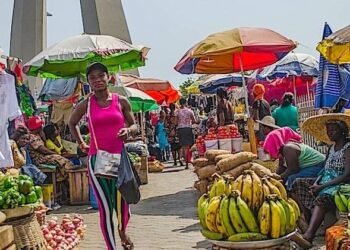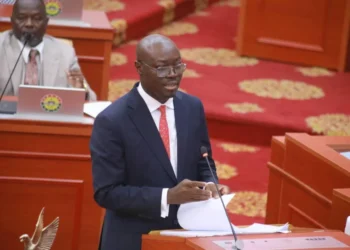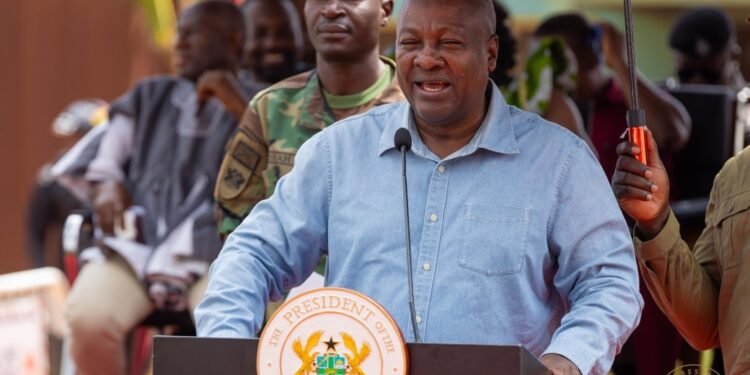Fitch Ratings, an international ratings agency, has revised the outlook on Ghana’s risks to default in debt repayment to ‘B’ Negative from ‘B’ Stable in its last rating action.
The revision of the outlook to Negative reflects the significant deterioration in public finances due to the Covid-19 pandemic as well as delays to the government’s fiscal consolidation efforts. This reduces Ghana’s ability to absorb further shocks for an extended period.
Additionally, in Fitch’s view, the lack of a clear majority in parliament following the December 2020 elections increases the risk of fiscal slippages.
Accordingly, the ‘B’ rating reflects the country’s high public debt level and low revenue base, which mean that Ghana’s debt affordability metrics will remain significantly weaker than rating peers over the rating horizon.
Albeit, this is balanced against Fitch’s expectation of a recovery in economic performance and a stabilization of debt/GDP and the ready availability of external and domestic financing.
Widening fiscal deficit affects rating action
These notwithstanding, public finances remain the key rating weakness for Ghana, Fitch asserts. While it kept a fiscal deficit below 5% of GDP in the three years prior to 2020, the deficit widened to 11.5% of GDP following the approval of a mid-year supplementary budget that contained an additional 3% of GDP in Covid-19-related spending.
Moreover, adding arrears clearance and support for the financial and energy sectors, the cash deficit reached an estimated 14% of GDP. Fitch forecasts a significant fall in the cash deficit to 8.3% of GDP by 2022, but this remains well above the 2022 ‘B’ median of 4.8%.
Fitch expects that Ghana’s post-pandemic recovery spending will keep government expenditure high compared with historical levels.
“We expect a recovery in government revenue, but note that Ghana has structurally low domestic revenue mobilization when compared with peers.”
The increase in government debt aside, Ghana has good access to fiscal and external financing. In consideration is the government’s previously issued US$3 billion in Eurobonds in March 2021 and a budget approval to issue an additional US$1 billion.
Fitch indicates that this will be enough to cover the US$3.3 billion in external debt principal and interest payments that we estimate for 2021. Domestic debt markets remain liquid and domestic debt yields remained broadly stable over 2020, even as the government increased its domestic issuance.
BoG’s emergency funding not to affect macroeconomic stability
It can be recalled that the government placed GHS10 billion (6% of GDP) of debt directly with the Bank of Ghana (BOG), as part of emergency financing measures. Fitch, however, does not expect this to significantly affect macroeconomic stability.
However, Fitch notes that, “additional direct financing by the central bank would signal financing stress and could contribute to macroeconomic instability as occurred in the years directly prior to 2017.”
Considering the country’s growth dynamics, Ghana’s GDP growth slowed sharply in 2020 to 0.4%. At 4.9%. Ghana’s five-year growth average over 2016 to 2020 was higher than the ‘B’ median of 4.5%.
Fitch forecasts a recovery to 5% growth in 2021 and 2022, as base effects help growth in the industrial and service sectors. The agricultural sector saw strong growth through 2020 and this will continue to support Ghana’s overall recovery, Fitch expects.
Also, inflation slowed to 7.5% year-on-year in May 2021, down from 11.3% in May 2020. The slowing inflation allowed the BOG to lower the main policy rate by 100 basis points to 13.5%. The more accommodative monetary policy stance will support near-term growth and help lessen the government’s financing costs, Fitch affirms.
However, administrative price hikes and the fading of base effects will put upward pressure on inflation in the second half of 2021. Thus, limiting the BOG’s ability to further lower the policy rate. Fitch, therefore forecasts 2021 annual average inflation at 9%.























